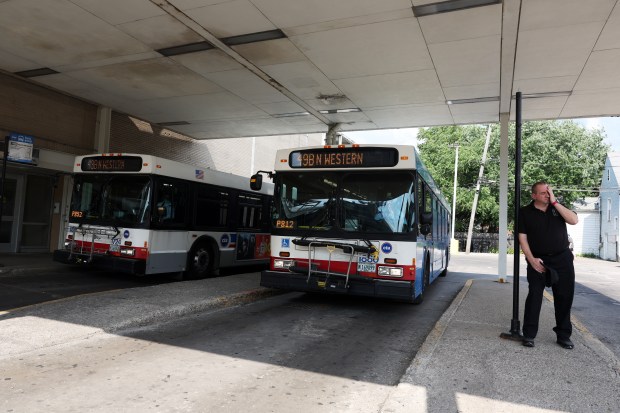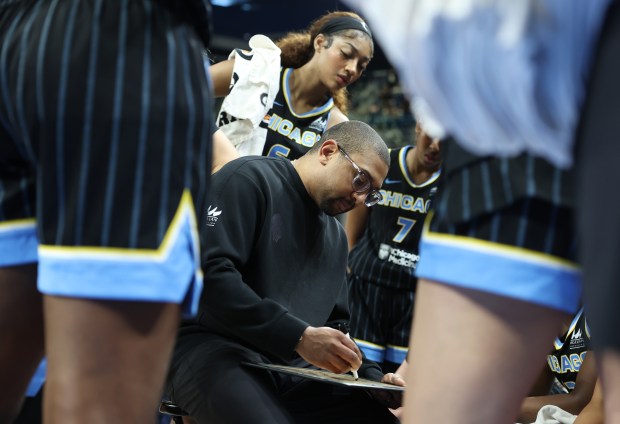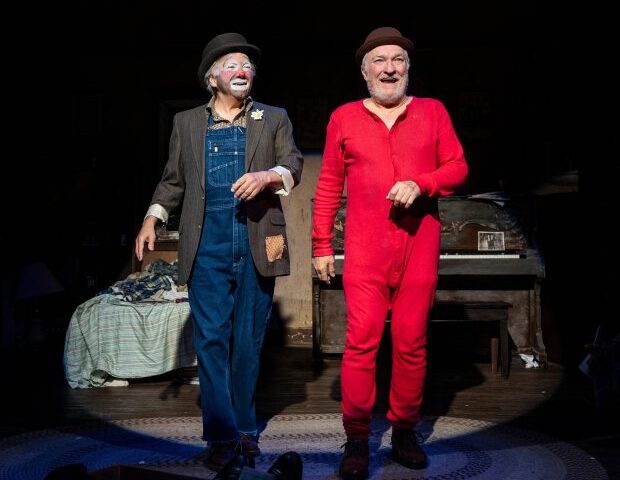The CTA unveiled a $2.16 billion budget for 2025 on Friday, as the agency outlined plans to boost service above prepandemic levels after years of struggling to provide frequent, reliable buses and trains.
The 2025 budget marks an increase of 8.1%, or nearly $161 million, over planned spending for 2024, CTA officials said, after a similarly substantial budget increase of 9.2% the prior year. The planned increase next year is partly because of increased labor costs, Chief Financial Officer Tom McKone said. The CTA and its labor unions agreed to 4% raises this summer, and adding service will add to labor costs, among other expenses, he said.
The CTA will not be raising fares in 2025.
The agency is relying on federal COVID-19 relief aid to balance its budget. The CTA, like the region’s other transit agencies, has used this money to plug budget holes since the pandemic, and in 2025 the agency said it will use $578.5 million.
But that leaves about $66 million for 2026, which will not be enough to cover the projected gap that year. The CTA and the region’s other transit agencies are projecting massive budget gaps that year and beyond — in the CTA’s case, a gap of nearly $539 million in 2026 and a $642.3 million budget hole in 2027.
The CTA, Metra, Pace and the Regional Transportation Authority, which oversees finances for the other three agencies, have been looking to Springfield for additional state money to close the projected gaps, while lawmakers also consider a bill to consolidate the transit agencies. The idea to combine agencies has drawn sharp pushback from CTA President Dorval Carter, who has said focus should instead be on fixing the decades-old way transit is funded, which he has characterized as long flawed and “discriminatory and racially charged.”
The efforts in Springfield and the CTA’s budget come as the agency has faced years of complaints about service, safety and cleanliness, and as ridership has lagged. For the year through July, the most recent month available, ridership reached 67% of 2019 levels.
But the CTA has made boosting service a focus of its 2025 budget.
The CTA cut service in recent years as the agency grappled with shortages of employees available to run buses and trains. Spokeswoman Catherine Hosinski said the agency is now on track to hit prepandemic levels of train service in November and bus service in December.
Next year’s budget includes plans to boost service above prepandemic levels, CTA officials said. Hosinski said bus and train service is expected to be up 5.8% from 2019 levels
To meet the extra service, the CTA is planning to bring the number of bus operators to between 3,900 and 4,000, McKone said. The CTA plans to boost the number of rail employees, who include both operators and other employees who work on the tracks or in stations, to about 1,750, he said.
The measures in the 2025 budget are a reflection of “unprecedented and historic efforts put forth over the last few years,” Hosinski said.
The budget also accounts for efforts like a recently approved pilot program to test digital displays at bus stops with real-time bus information. Other pilot programs in coming months are expected to help the CTA better manage and assess the conditions of its bus stops throughout the city, and to help improve how quickly the CTA can identify when people are on the “L” tracks.
The CTA plans to maintain funding for a partnership with the city’s Department of Family and Support Services for outreach to people living on trains. The CTA has paid the agency $2 million annually in recent years, and the cost will likely be similar, McKone said.
Recent CTA budgets have boosted funding for security, nearly tripling planned spending between 2022 and 2024 on unarmed guards, K-9 dog teams, and a voluntary program for off-duty police officers to patrol the system. Chicago police also patrol the system at no cost to the CTA.
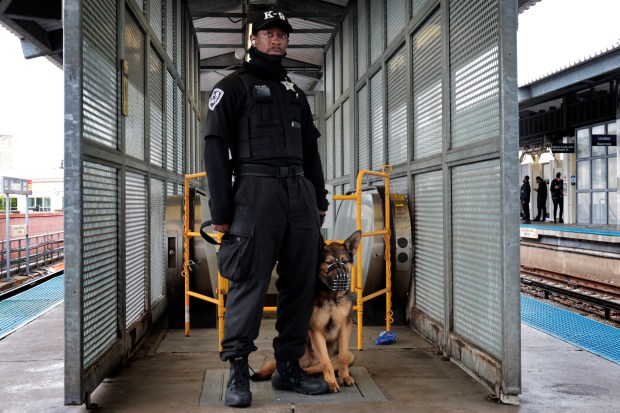
And security costs for this year are expected to come in higher than planned, at $86.9 million, or $21.7 million over budget. The increases came as spending in other areas was lower than expected, McKone said. The overruns reflects a higher number of security guards, he said, as the CTA has faced persistent concerns about safety, and the perception of safety.
But next year security spending is projected to remain comparable, at $88.5 million. The agency now has more than 400 unarmed guards and K-9 teams scheduled to patrol each day, and plans to keep that number the same next year, Hosinski said.
Security became a flashpoint among CTA board members at a meeting earlier this week, as the agency sought board approval to extend contracts for unarmed security guards until the CTA opens bidding for new contracts next year. Board members called for a broader range of efforts to address security, like adding transit ambassadors, improving the environment through measures like lighting, and others.
The CTA contracts with two firms for unarmed security guards: Inter-Con Security, and politically connected Monterrey. Action K-9 Security has provided dog teams.
“If our riders don’t feel safe, our customers don’t feel safe, and many of our staff members have indicated that there’s safety concerns that they have, then we’re not going to get our ridership back up,” board Chairman Lester Barclay said, asking for a measurement of the effectiveness of the unarmed guards. “And just pouring more money into security without seeing some real results in terms of change — I agree with the (security) technology, I agree with the social services programs as well, but you know, unarmed security guards, how effective are they?”
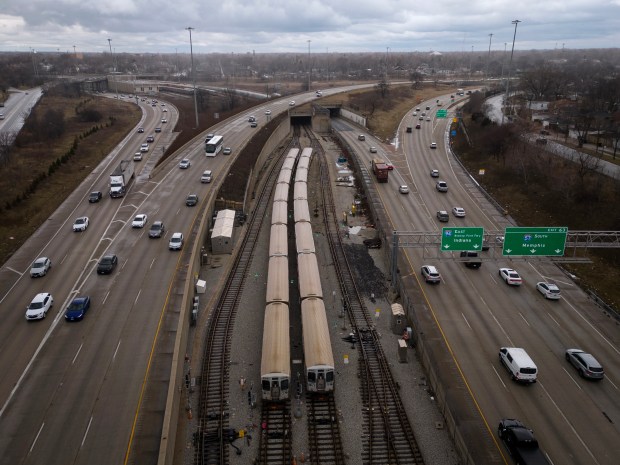
Separately, the. CTA is planning $6.96 billion in capital projects over the next five years. The centerpiece of its construction plan is the 5.6-mile extension of the Red Line south to 130th Street, which is expected to formally break ground in late 2025. The CTA recently boosted the project’s expected pricetag to $4.8 billion before financing costs, a jump of $1.16 billion over prior estimates. The extension is partly funded by federal dollars and grants, but the price jump means the CTA will have to come up with significantly more money for its share of the costs than earlier projections, including by financing more through bonds than planned.
McKone said needing to find more CTA money for the Red Line extension “hasn’t changed any of the projects in the capital plan.”
Over the next five years, the agency plans to bring new buses and train cars online, and complete work that will set the stage for more electric buses to run on Chicago streets.
Money will go toward rehabilitating or replacing elevators as part of efforts to make more stations accessible to people with disabilities. Accessible stations at Racine, on the Forest Park branch of the Blue Line, and Austin on the Green Line are scheduled to open in 2025.
The CTA also next year plans to open four stations on the north branch of the Red Line that have been closed since 2021. The Bryn Mawr, Berwyn, Argyle and Lawrence stations were being rebuilt as part of a massive overhaul of the Red and Purple lines through the city’s North Side. Lawrence and Berwyn have been fully closed, while Bryn Mawr and Argyle have had temporary entrances.


